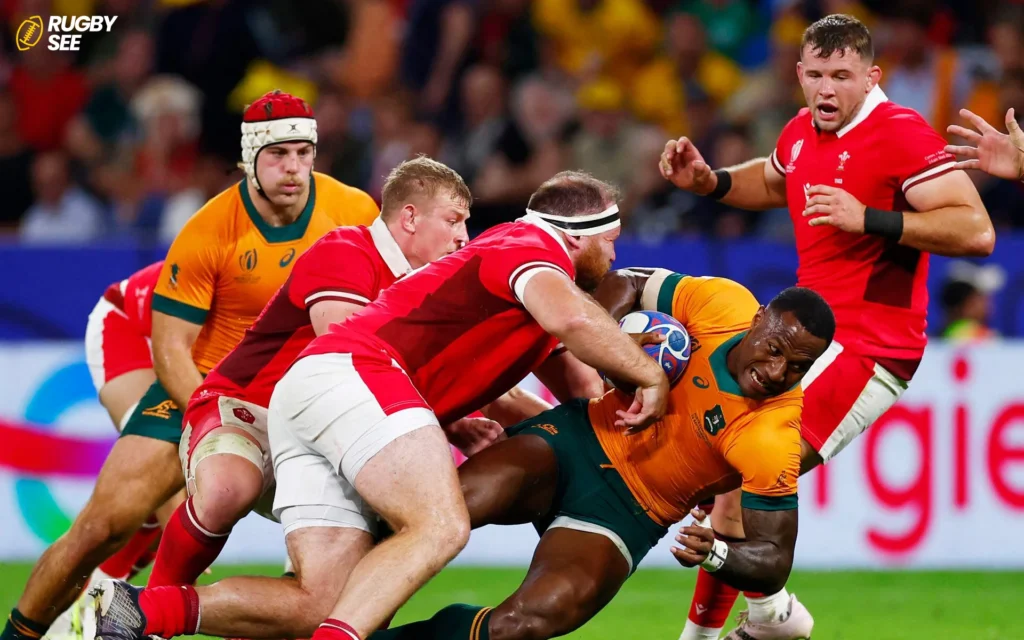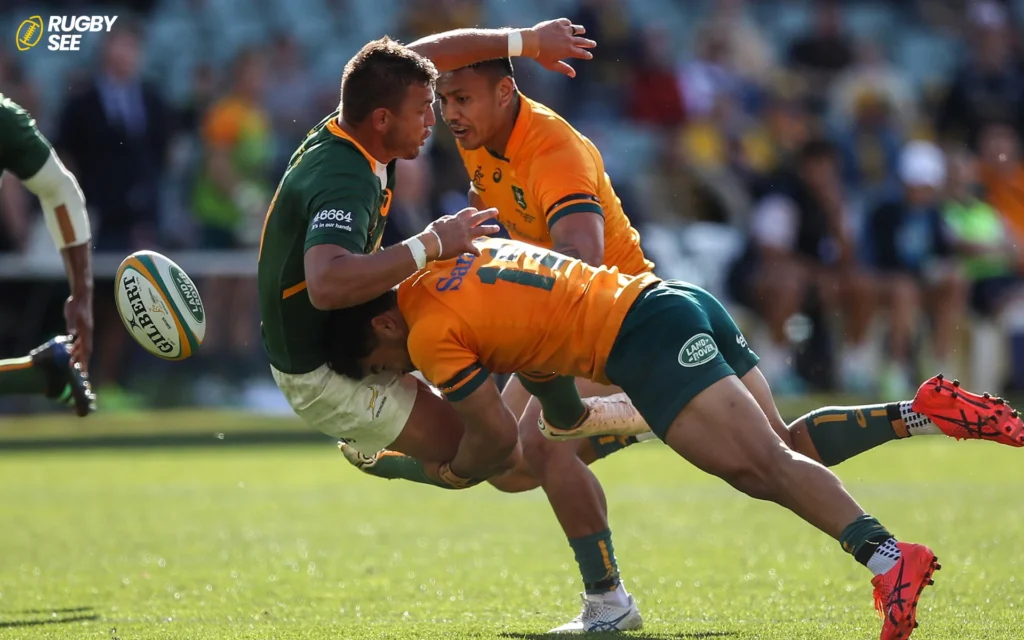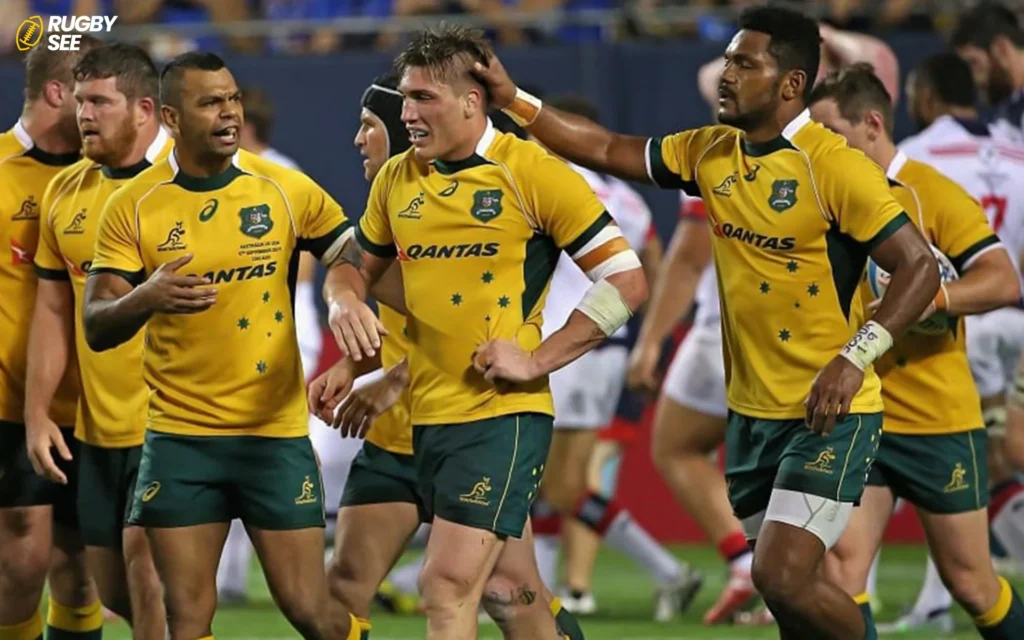Rugby, a sport rich in history and tradition, is known for its physicality, strategy, and fast-paced action. For those unfamiliar with the game, understanding its structure and format can sometimes be confusing. One common question that arises is whether rugby is divided into quarters, similar to other sports like basketball or American football. In this comprehensive guide, we’ll delve into the structure of rugby matches, explore the concept of quarters in rugby, and provide insights into how the game is organized and played.
The Basics of Rugby
Before we address the question of quarters in rugby, let’s first establish the basic structure of the game. Rugby is played between two teams, each consisting of 15 players (in the standard format known as rugby union) or seven players (in the faster-paced variant known as rugby sevens). The objective of the game is to score points by carrying, passing, or kicking the ball into the opponent’s goal area, known as the try zone, and touching it down to the ground. Points can also be scored through penalty kicks or drop goals, which are taken during the course of play and if you want to know about being Strong in Rugby read Does rugby make you strong?
The Format of a Rugby Match
A standard rugby match is divided into two halves, each typically lasting 40 minutes of actual playing time. However, the total duration of a rugby match, including stoppages for injuries and other breaks in play, can vary. At the elite level, matches are often preceded by pre-game ceremonies and halftime intervals, which extend the overall duration of the event.

Quarters in Rugby | Clarifying the Misconception
Unlike sports such as basketball or American football, rugby does not have quarters in the traditional sense. Instead, the game is divided into two halves, with a halftime break in between. During halftime, teams have the opportunity to regroup, receive coaching instructions, and make any necessary tactical adjustments before resuming play in the second half.
Understanding Halftime and Stoppage Time
Halftime in rugby typically lasts around 10 minutes, allowing players to rest, hydrate, and receive medical attention if needed. It’s also a time for coaches to deliver halftime team talks, where they can review the performance of their players, identify areas for improvement, and devise strategies for the remainder of the match.
In addition to halftime, rugby matches may also include stoppage time, which is added to the end of each half to compensate for time lost due to injuries, substitutions, or other delays in play. The referee is responsible for keeping track of stoppage time and signaling when each half of the match comes to an end and if you want to know about the person who has most Caps read Who has the most caps in rugby?
The Importance of Strategy and Adaptability
While rugby may not have quarters like some other sports, the game is still characterized by strategic nuances and tactical intricacies. Coaches and players must be able to adapt to changing circumstances, anticipate the movements of their opponents, and execute their game plan effectively throughout the course of a match.

Evolution of Rugby’s Format
It’s worth noting that the format of rugby has evolved over time. While modern rugby matches adhere to the standard two halves with a halftime break, this wasn’t always the case. In the early days of rugby, matches were often played without a fixed duration, and the game would continue until one team reached a predetermined score or until daylight faded. As the sport became more organized and standardized, the introduction of fixed match durations brought greater consistency and structure to rugby matches.
Variations in Rugby Formats
While traditional rugby union matches consist of two halves, other variants of the sport may have different formats. For example, rugby sevens, a faster-paced version of the game played with seven players per team, typically features shorter match durations, often consisting of two halves of seven minutes each. Similarly, rugby tens, another abbreviated form of the game, may have variations in match length and structure depending on the tournament or competition rules.
The Role of Time Management in Rugby
Despite the absence of quarters, time management remains a crucial aspect of rugby. Teams must effectively manage the clock, particularly in the closing stages of a match when every second counts. Strategic use of substitutions, game tempo, and kicking tactics can all influence the outcome of a match and help teams maintain control of the game until the final whistle.
Conclusion: Appreciating Rugby’s Unique Format
In conclusion, while rugby does not have quarters in the traditional sense, the structure and format of the game are designed to maximize excitement, skill, and strategic thinking. By dividing matches into two halves separated by halftime, rugby provides players and fans with a dynamic and engaging experience that showcases the best aspects of the sport. Whether it’s the physicality of the scrum, the precision of a well-executed lineout, or the thrill of a last-minute try, rugby’s unique format offers something for everyone to enjoy.

As newcomers to the sport learn more about rugby’s structure and rules, they can gain a deeper appreciation for its rich history and tradition. Whether watching a match at a local club or cheering on their favorite team in a stadium packed with fans, rugby enthusiasts can embrace the sport’s unique format and celebrate the camaraderie, skill, and passion that define this beloved game.
Embracing the Spirit of Rugby
Ultimately, regardless of its format or structure, rugby embodies values such as teamwork, respect, and sportsmanship. Whether played at the amateur or professional level, rugby fosters a sense of community and belonging that transcends the boundaries of nationality, ethnicity, and background. By embracing the spirit of rugby and cherishing its unique qualities, players and fans alike can continue to enjoy the sport for generations to come.
Conclusion | Rugby’s Unique Structure
In summary, rugby is a sport with its own unique structure and format, distinct from sports that are divided into quarters. While rugby matches consist of two halves separated by halftime, the absence of quarters does not diminish the intensity or excitement of the game. Instead, rugby’s emphasis on continuous play, physicality, and strategic thinking sets it apart as a dynamic and captivating sport enjoyed by millions of fans around the world and if you want to know about positions in Rugby read Does rugby have positions?
By understanding the structure of rugby and dispelling misconceptions about quarters, newcomers to the sport can gain a deeper appreciation for its complexities and nuances. Whether played at the grassroots level or on the international stage, rugby remains a sport that celebrates teamwork, skill, and the thrill of competition, making it a beloved pastime for players and fans alike.










